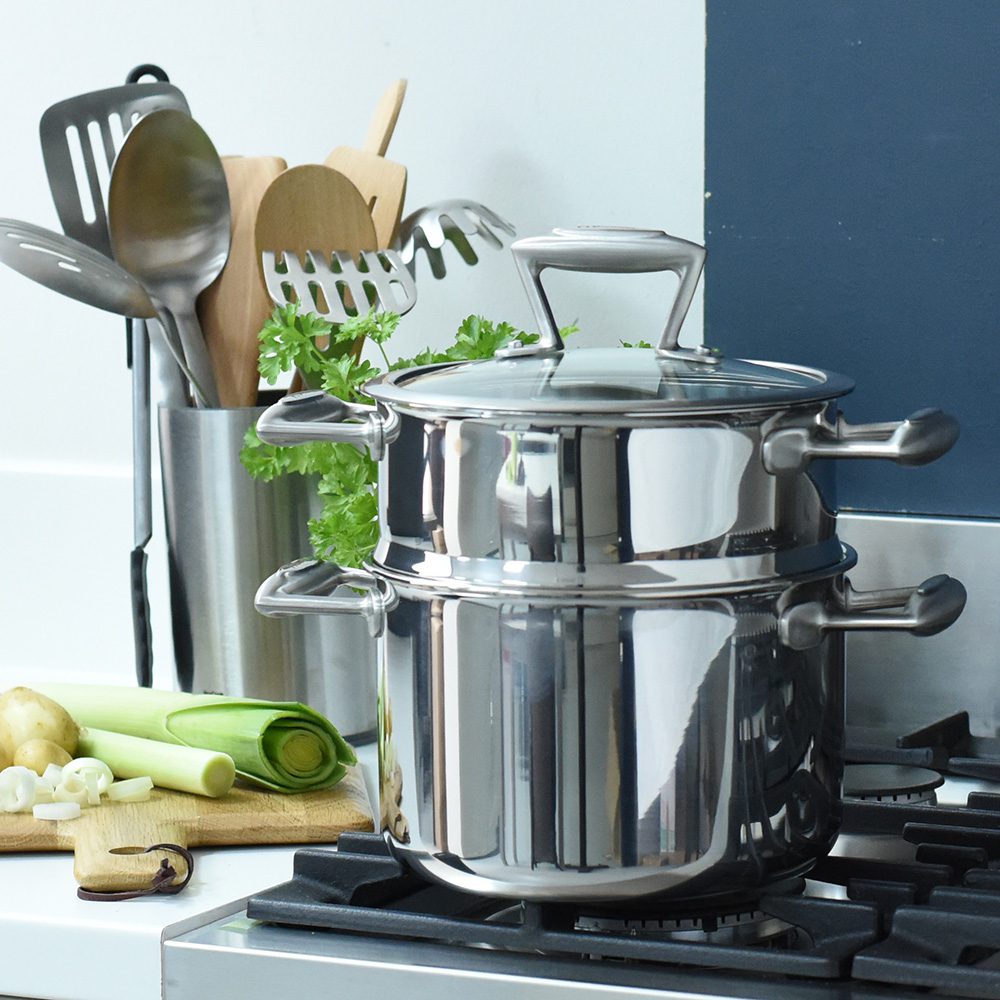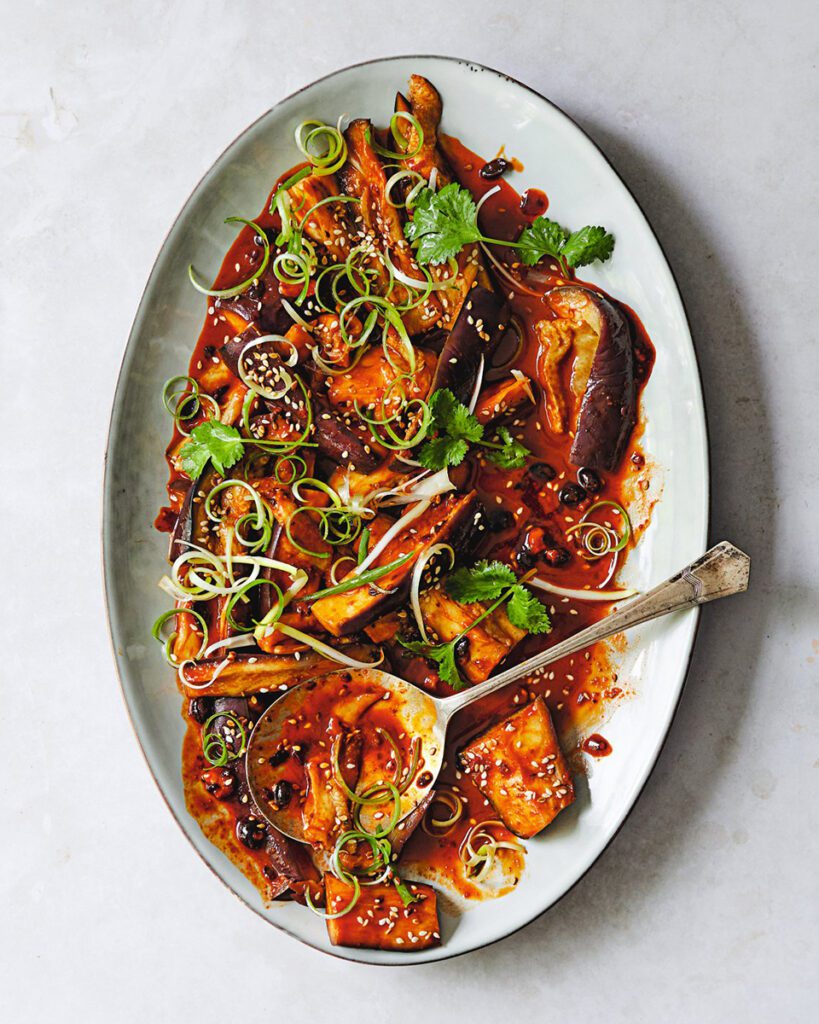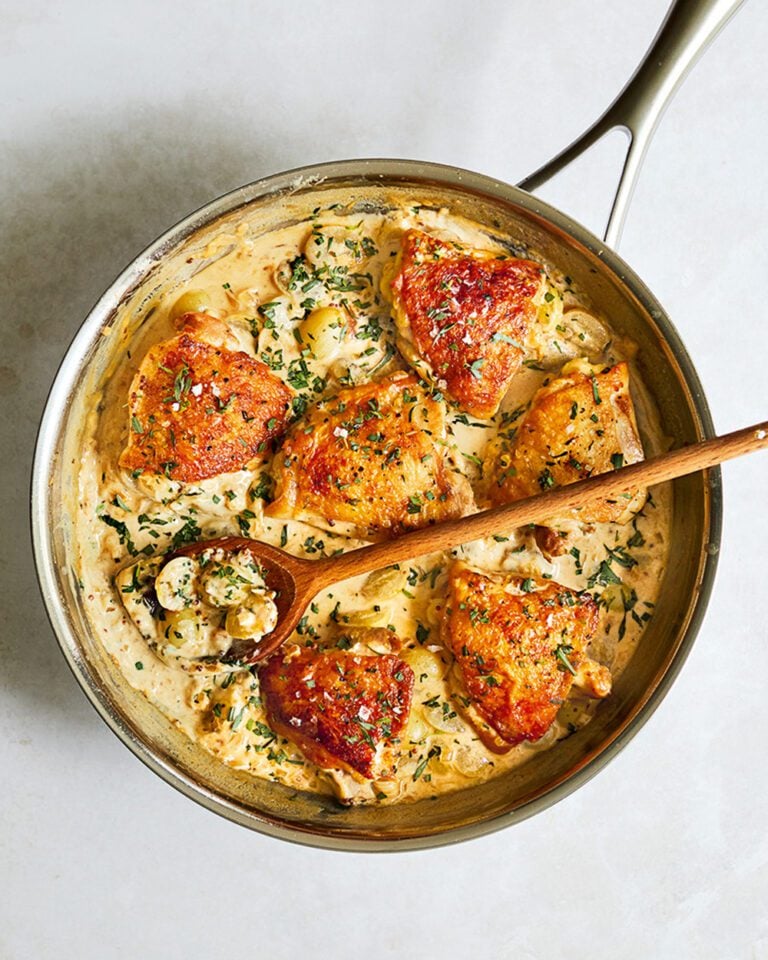
Full steam ahead: why steaming is such a versatile cooking technique
Want to understand the advantages of steaming food – and why it can be better than boiling? The steamer basket is an unassuming superhero of the kitchen cupboard – its forgiving, hands-off nature and ability to lock in flavour is unparalleled. Armed with his trusty ProCook steamer set, head of food Tom Shingler demonstrates the versatility of this cooking technique.
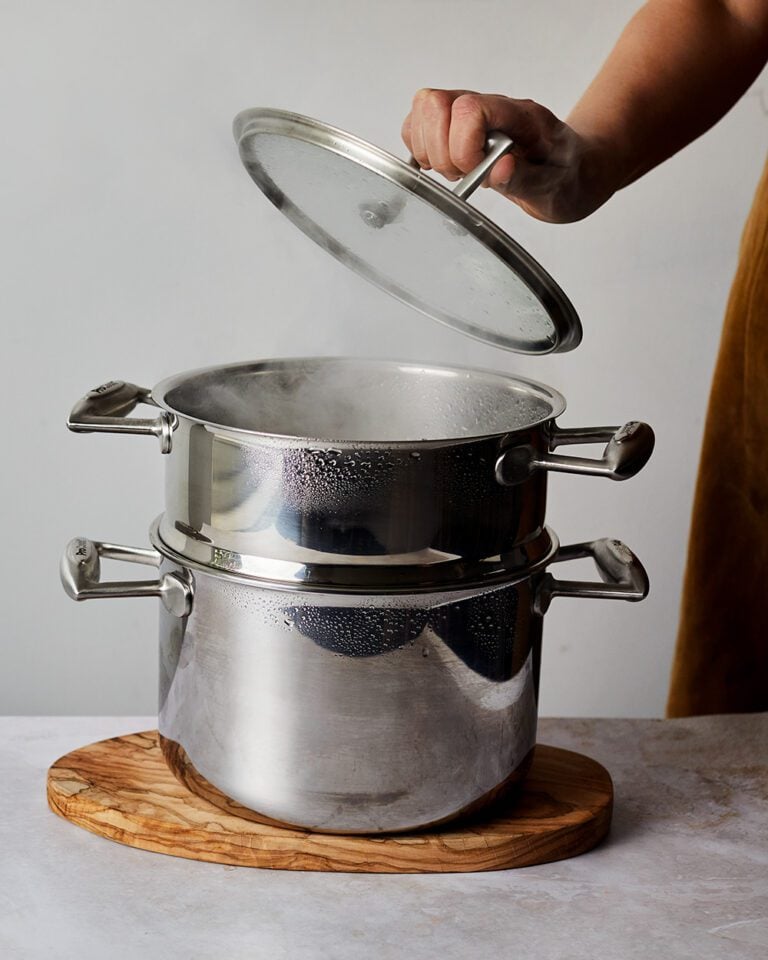
I’m a big believer in the power of steaming. It’s often compared to boiling, with boiling coming out in a less favourable light. But I’m not going to dismiss boiling – there are times when a good boil is exactly what you need. The great thing about steaming, though, is its ability to retain flavour that would otherwise be lost in the boiling water.
Across vast areas of China, steaming is the most favoured cooking technique. Here in the UK, however, it’s often restricted to cooking vegetables or unfairly associated with bland meals. It’s high time steaming got the respect and recognition it deserves – and here’s why.
It locks in flavour
When you boil food in liquid, some of the flavours (and nutrients) are transferred from the food itself into the liquid. That’s fine if you’re making a soup or sauce that takes on the flavour, but if you’re pouring the liquid away once it’s made, it’s a waste. Steaming doesn’t suffer from this drawback. The technique uses heat and moisture to cook (just like boiling) but without that pesky loss of flavour – so your food retains more of its natural taste.
It preserves texture
Steaming calmly envelops food in a blanket of hot, moist vapour, doing a similar job as boiling but in a more even way. Veg like broccoli florets are prone to turning mushy in boiling water; if you steam them, however, it’s easier to cook them so they retain just the right amount of bite.
It’s more forgiving
Boil something for five minutes too long and there’s a risk of it becoming waterlogged mush. Steam for five minutes too long and you’ll often get away with it. Steaming’s gentler approach widens the window of being ‘perfectly cooked’.
It’s not just for veg!
If you can boil it, you can often steam it instead – rice and fish are examples of food other than veg that are great when steamed. But steaming can also cook things you’d never boil. It’s great for delicate fish that might fall apart in a frying pan. And because of the moist cooking environment, steaming chicken keeps the meat bouncy and juicy without drying it out, letting it absorb the flavour of any marinade or aromatics. What it might lack in seared golden-brown crispness is more than made up for in the juicy texture of the meat itself. Then let’s not forget bao buns, a steamed superhero; and you can even consider steamed eggs, another silky Chinese classic. Go on, blow off some steam today!
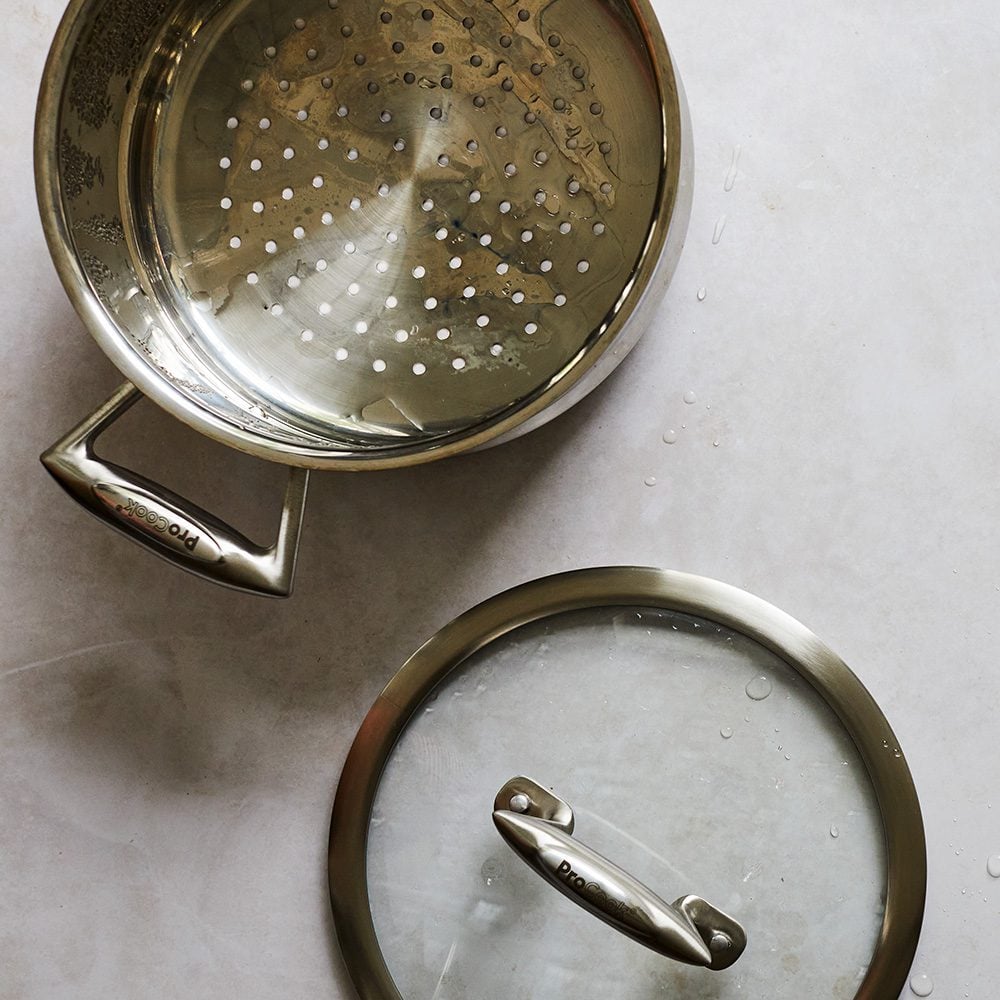
What is the science behind steaming?
It’s strange but true… Steaming doesn’t actually use steam. Technically, steaming as cooks know it doesn’t involve steam but a mixture of hot air and water vapour. The visible ‘steam’ we see is actually water vapour. If you’re looking at a kettle boiling, the steam is the invisible bit at the opening of the spout, which rapidly cools on leaving the kettle and turns to water vapour.
The kit you need
ProCook’s versatile Elite Tri-Ply Steamer Set (£99) includes a 20cm stockpot with steamer insert and is constructed from a thick aluminium core sandwiched with stainless steel for unsurpassed heat distribution, durability and strength. It’s suitable for all hobs, including induction, and cooks can keep an eye on ingredients through the toughened glass lid.
The recipe to try
Steamed aubergine in a peanut and chilli dressing
Here, steaming gives you silky soft aubergine batons, which are dressed in a Chinese-inspired combo of crispy chilli oil, vinegar and peanut butter – a simple yet show-stealing side.
Discover more expert guides and skills masterclasses in our Be a Better Cook hub, including how to choose the best bakeware for the job.
Subscribe to our magazine
Food stories, skills and tested recipes, straight to your door... Enjoy 5 issues for just £5 with our special introductory offer.
Subscribe
Unleash your inner chef
Looking for inspiration? Receive the latest recipes with our newsletter
